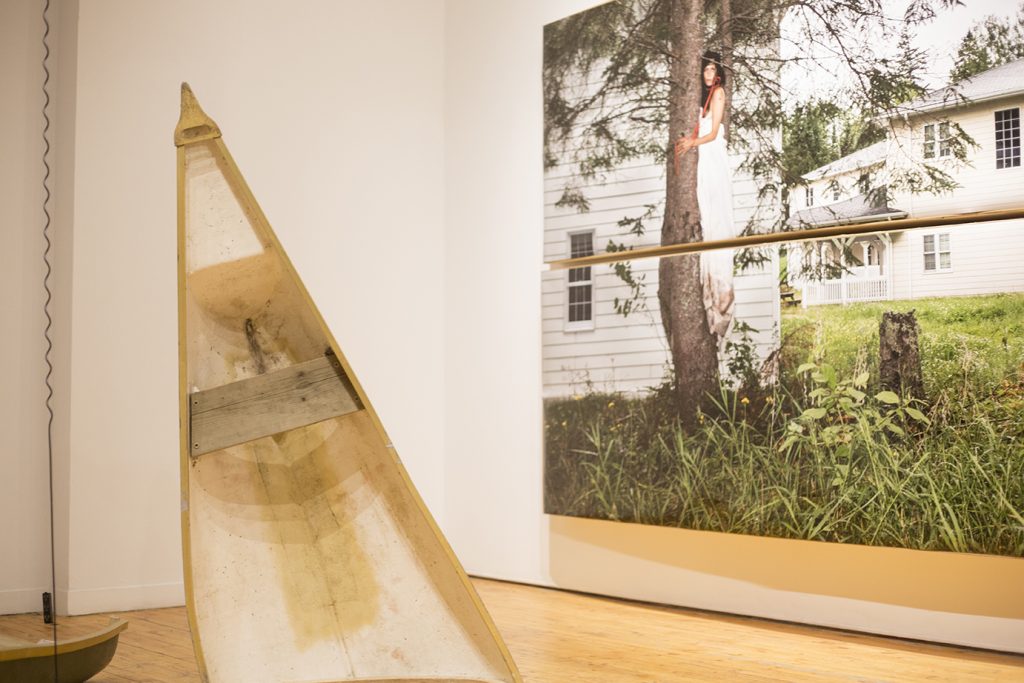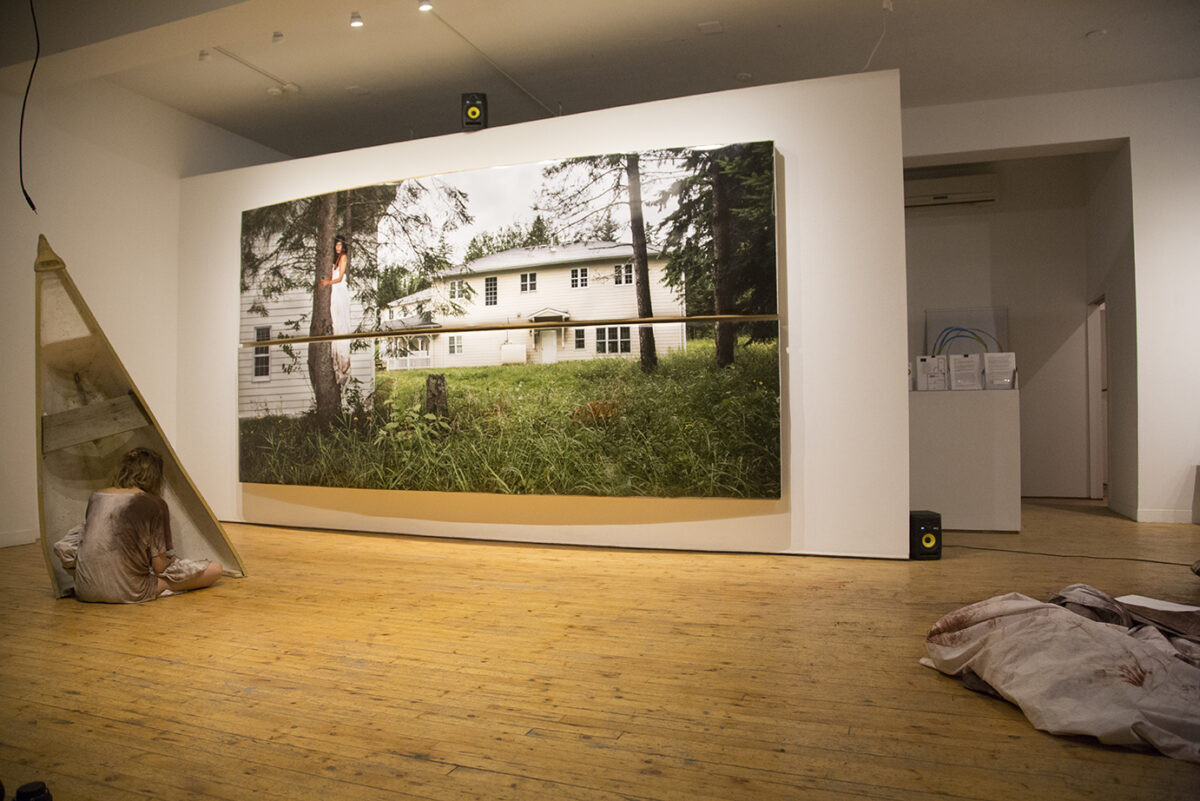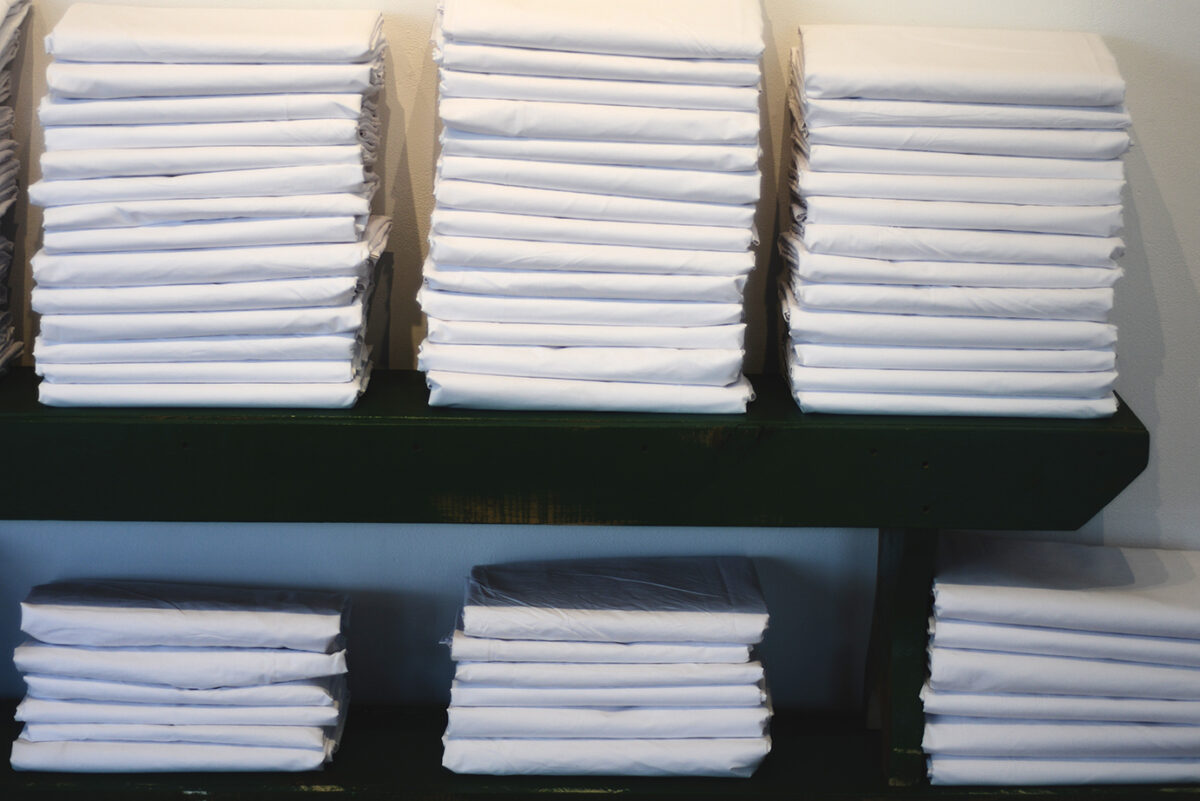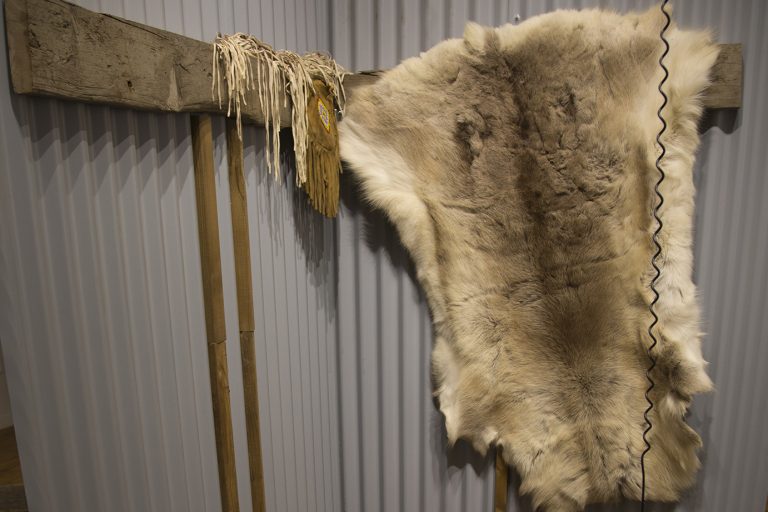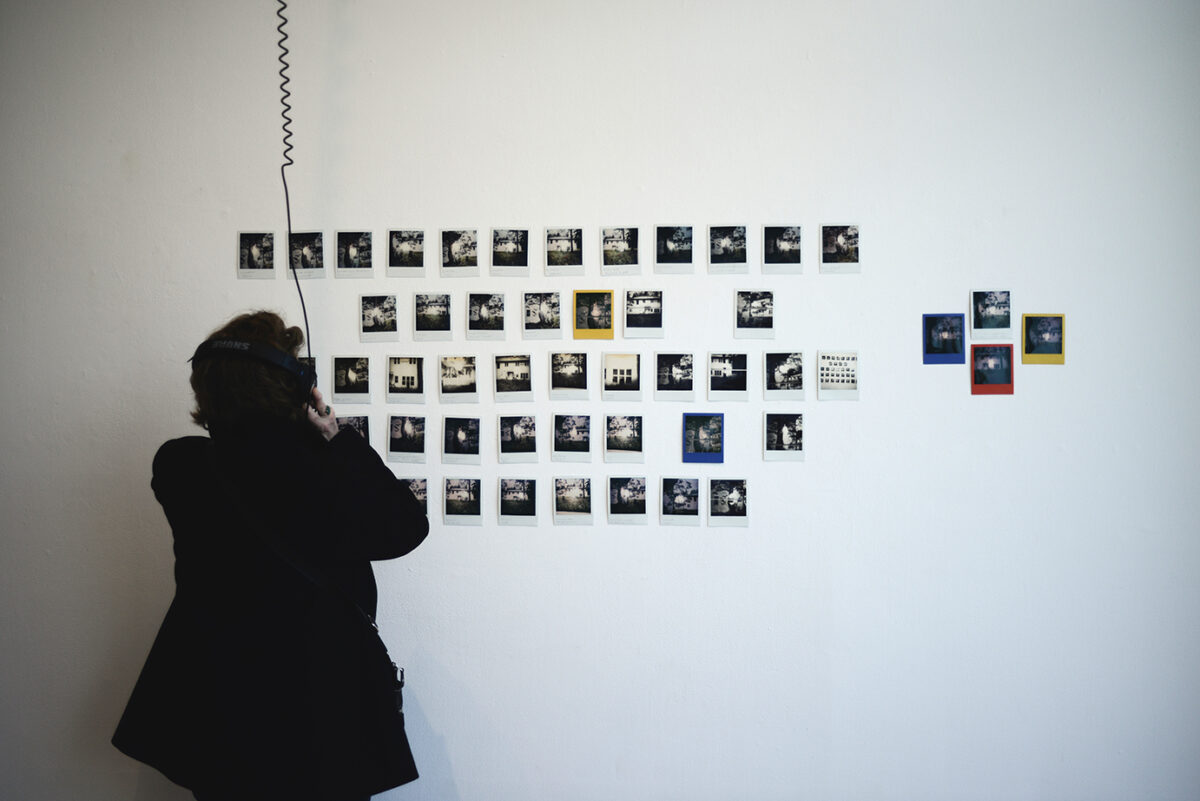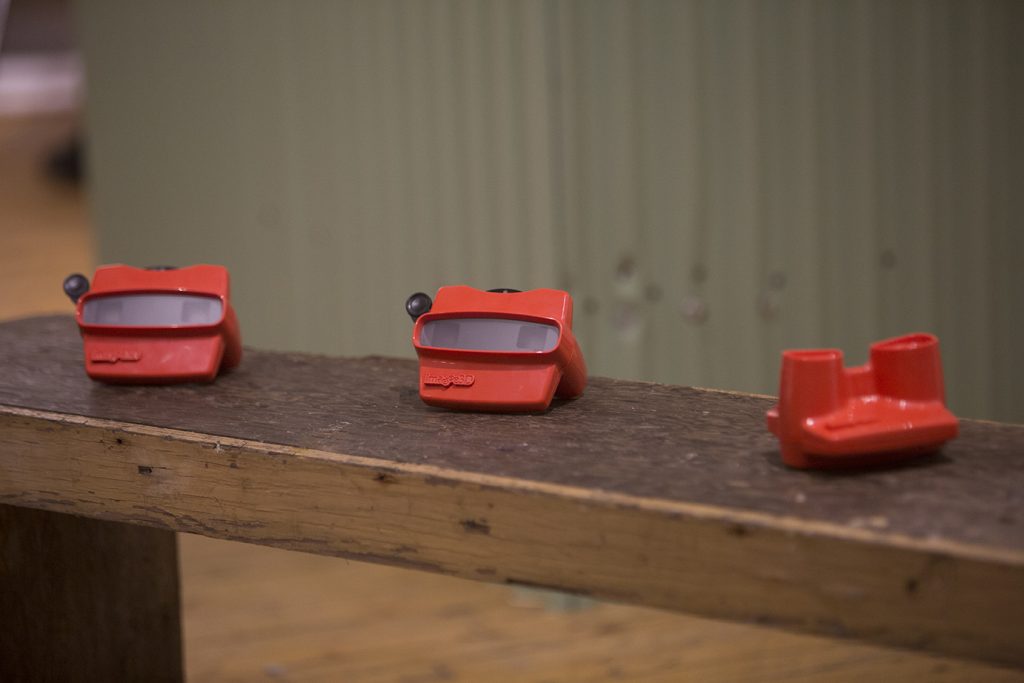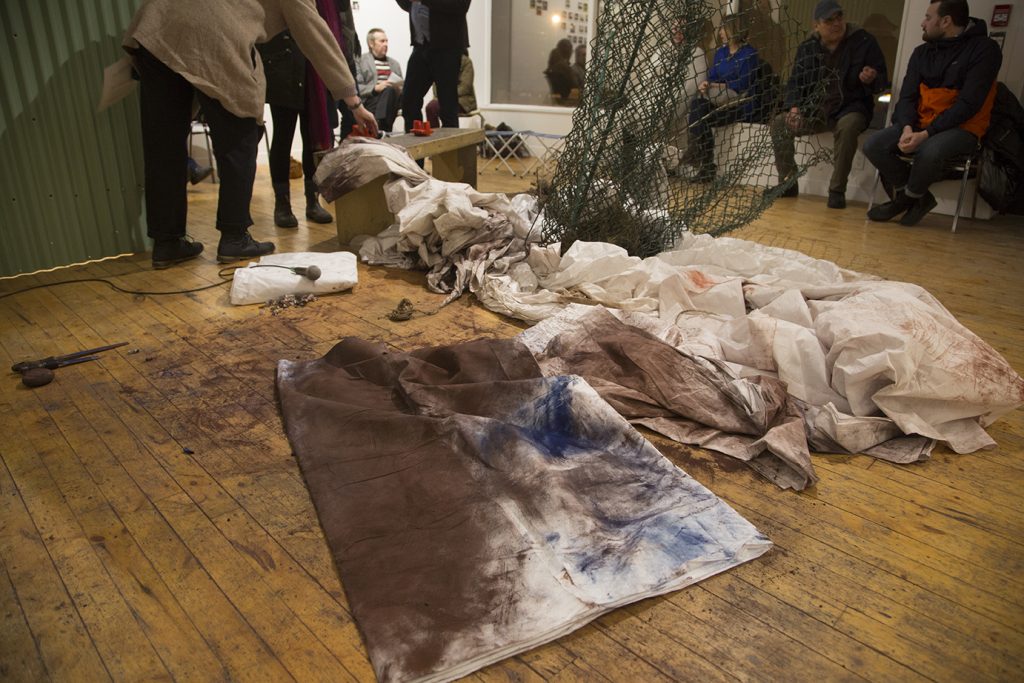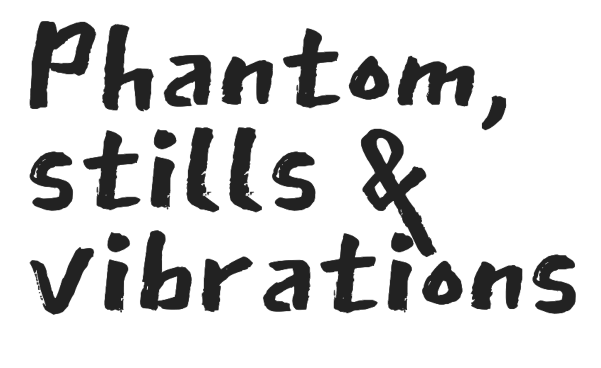
Trent University and Artspace presented
The 2017–2018 Trent University Ashley Fellow Artist In Residence
February 26–March 9, 2018
Artspace artist run centre, Peterborough/Nogojiwanong, Ontario
Lara Kramer (Oji-Cree) of Lara Kramer Danse, was the 2017–2018 Trent University Ashley Fellow Artist In Residence. The two-week residency saw Kramer present the immersive installation Phantom, stills & vibrations at Artspace. In addition to the installation, Kramer hosted a series of free workshops, teachings and lectures that was open to all members of the public.
Artspace’s Gallery A is an L-shaped room with white walls, worn wood floors, and large street facing windows. The ceiling is approximately 20 feet tall and the entirety of the exhibit is in Gallery A. Described below are the individual elements of the exhibit.
Foreword by Nadine Changfoot
Phantom, stills & vibrations immerses viewers into multilayered visual and aural worlds, enveloping and penetrating the senses. As the threshold is crossed into Artspace artist run centre, you are brought into fragments and traces of Pelican Falls/Lake Indian Residential School and Kramer’s bloodland of the Ontario north (Lac Seul). Settlers are compelled to confront the brutal and complex relationships between Indigenous peoples and colonial society through seven Elements comprising objects sculpturally arranged throughout the space.
Immediately, the soundscape draws the listener into the north. There is the subtle yet recognizable buzzing of insects, the whisper of the wind, bird calls, and the drone of a train-like machine. The soundscape orients one to the visual dimensions which appear in “elements” thoughtfully placed throughout the large gallery space. The spaces in between the elements are filled with sound, the sound connecting the elements also as one’s body moves between them. There is also the trace of Kramer’s performance that connects the Elements with added pastelled sheets in Element 7.
A sweeping glance of the gallery, together with the soundscape, induces feelings of (dis)connection, (dis)location, and a sensitivity for the (un)seen, (in)visible violence and trauma. There are ephemeral encounters with a female figure (images of Kramer) throughout the space. The focal point of the installation features a 20’ x 8’ photograph of a woman (Kramer) draped in a large white sheet from the chest down, with red rope wrapped around her neck and left upper arm, connecting at her left wrist which clenches a large conifer tree. The female figure throughout the installation stares with riveting eyes and when you allow your own eyes to reach hers, there is a moment of connection and implication, between the past and the present, between you, her, three generations of her family, and the Indigenous children who attended Pelican Lake Indian Residential School.
Three of the Elements have their own audio accompaniment, featuring Kramer’s voice. These “inner” audio stations provide narratives of Pelican Falls/Lake Indian Residential School. One “inner” audio is placed in a setting with objects of comfort: fur pelts, blankets, a beaded pouch. It is titled “Kookum’s Wigwaam/Grandma’s Cabin,” its contents suggesting a place of refuge from a colonial world that destroys Indigenous culture, land (a canoe is cut in half and separated with its bow pointing skyward), families (there are white sheets too neatly folded in stacks), and murders and disappears women and children (photos of spectral images of a woman on a wall, and an area where sheets are piled with the shavings of brown oil pastel enmeshed with metal fencing) and dirt.
Kramer’s performance, to a soundscape that becomes near deafening, has the audience uncomfortably view her slow movements along the floor toward a kneeling settler (collaborator Stefan Petersen) self-involved in his own industry and oblivious to the elements of violence, trauma, and refuge of Indigenous knowledge around him and of which he is part. One’s viewing of Kramer’s movement transitions into staring, giving a gift to the settler within, if open to the vibrations and violence of colonialism, to feel deep down, reflect upon the brutal intergenerational legacy of the Indian Residential School system, and surface new possibilities for justice.
By Nadine Changfoot, 2017–2018 Ashley Fellow Artist Residency Curator and Producer
About
Phantom, stills & vibrations
Lara Kramer (Oji-Cree) of Lara Kramer Danse, was the 2017-18 Trent University Ashley Fellow Artist In Residence. The two-week residency saw Kramer present the immersive installation Phantom, stills & vibrations at Artspace. In addition to the installation, Kramer hosted a series of free workshops, teachings and lectures that were open to all members of the public.
Lara Kramer’s Phantom, stills & vibrations creates an intimacy with the north (Lac Seul, ON) and confronts the brutal and complex relationships between Indigenous peoples and Settler society. For this performance and sound installation, created in collaboration with Stefan Petersen, Kramer draws the spectator into an immersive experience of the former Pelican Lake Indian Residential School, where three generations of her family attended.
Lara Kramer
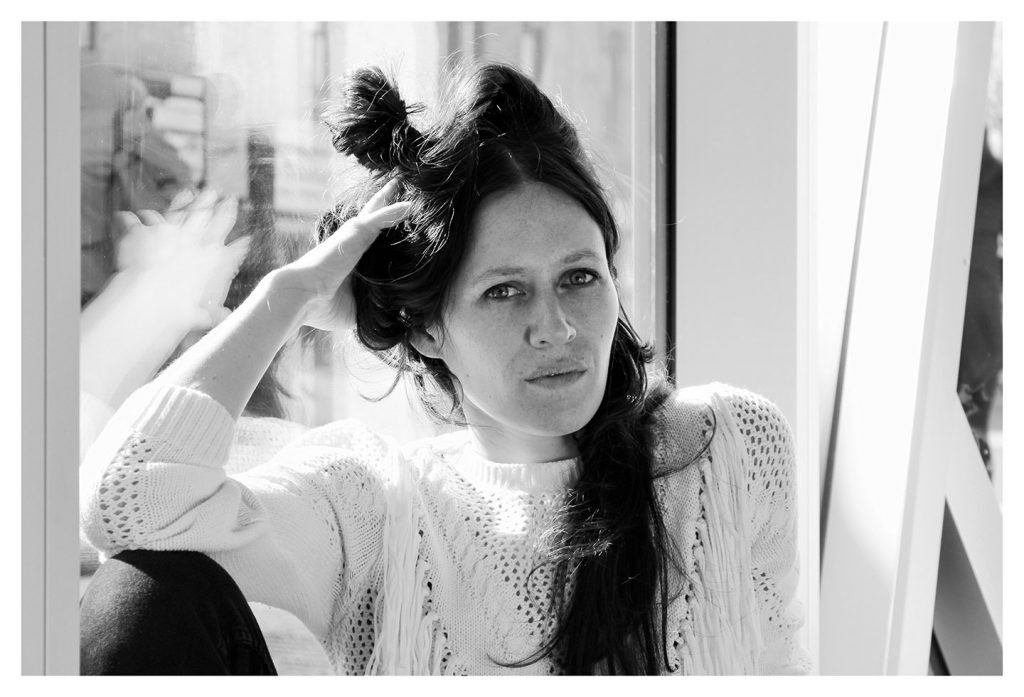
Lara Kramer is the artistic director and choreographer Lara Kramer (Montreal). Kramer is an Oji-Cree (Ojibwe and Cree) choreographer and multidisciplinary artist whose work is intimately linked to her memory and Aboriginal roots. She received her BFA in Contemporary Dance at Concordia University. Working with strong visuals and narrative, Kramer’s work pushes the strength and fragility of the human spirit. Her work is political and potent, often examining political issues surrounding Canada and First Nations Peoples. Kramer has been recognized as a Human Rights Advocate through the Montreal Holocaust Memorial Centre. Her work has been presented widely across Canada and abroad to Australia. Kramer’s works have been hailed by critics, these include Fragments (2009), inspired by her mother’s stories of being in residential school, and Native Girl Syndrome (2013), which exposes the marginalization and victimization of Indigenous women and the effects of cultural genocide. In 2017 the installation and performance piece This Time Will be Different, created in collaboration with Émilie Monnet, denounced the status quo of the Canadian government’s discourse regarding First Nations and criticized the “national reconciliation industry”.
Ashley Fellowship
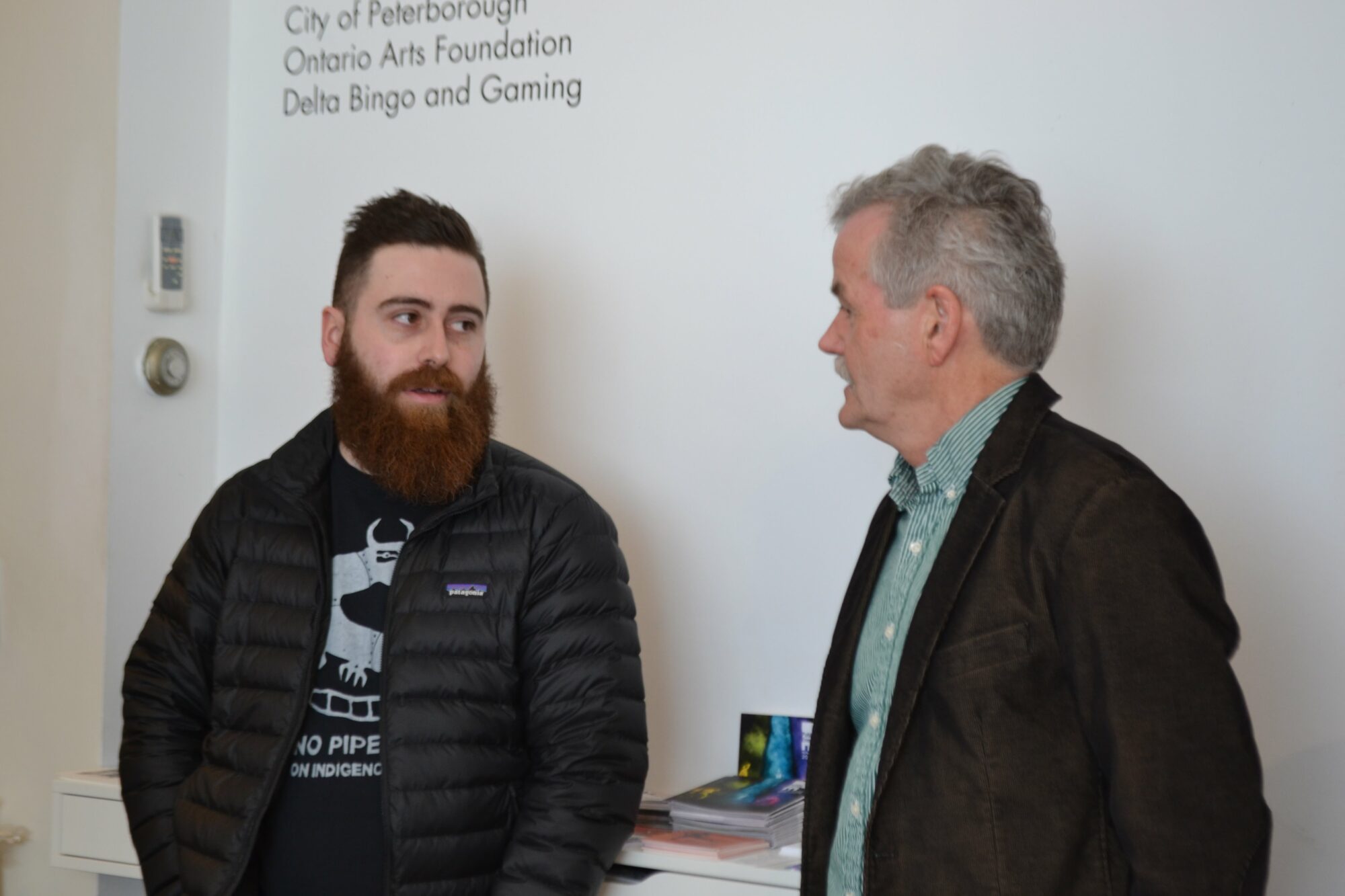
The Ashley Fellowship is funded by a bequest from the late Professor C. A. Ashley, long time friend of Trent University and an enthusiastic proponent of the role which the informal contacts of College life can play in the academic pursuits of the University. The Ashley Fellow is therefore a visiting scholar who is a resident guest in one of Trent’s residential Colleges. By the terms approved by Senate in 1976, and in keeping with Professor Ashley’s wishes, “scholar” should be broadly interpreted to include persons not necessarily holding an academic appointment.
Exhibition Statement
Lara Kramer’s work Phantom, stills & vibrations, first presented in 2018 at Artspace artist run centre, creates an intimacy with her bloodland in the north (Lac Seul, ON) and confronts the brutal and complex relationships between Indigenous peoples and Settler society. For this performance and sound installation, Kramer draws the spectator into an immersive experience of the former Pelican Lake Indian Residential School, where three generations of her family attended. Produced in collaboration with Stefan Petersen, Phantom stills & vibrations explores the residual effects of the Residential School system and the continuing trauma that permeates the landscape.
Lara Kramer’s work is intimately linked to memory, examining issues of social, political, cultural importance for Canada and First Nations Peoples. Her ground-breaking work Native Girl Syndrome (NGS) grapples with experiences of Indian Residential Schools which are prominent in her family’s history. In addition to NGS, she has created several feature length performance pieces (e.g. This time will be different, Windigo, Tame, Of Good and Moral Character, Fragments) to critical acclaim that explore family and personal, complex, multilayered experiences, including from Indian Residential Schools and street life. These experiences speak to assimilation, cultural disorientation, confinement, survival, and human connection. Her works have been presented throughout Canada, Australia, Greenland, and New Zealand, gaining her recognition as an important Indigenous voice in Canada. She has been artist-in-residence across Canada and was also faculty of the Indigenous Dance Residency at The Banff Centre. She has been featured more than once in The Dance Current, Canada’s national dance magazine. In 2019, the Canada Arts Council awarded Ms. Kramer the Jacqueline Lemieux Award for outstanding contributions in dance.
Lara is a regular featured artist in Peterborough/Nogojiwanong, having presented Native Girl Syndrome and Tame to full houses and resoundingly warm and enthusiastic reception. As Ashley Fellow 2018, Trent students and community, Indigenous and non-Indigenous were drawn to Lara for her warm personality and the meaningful connections she made with each person she met. More than this, she explored the relationship between environment, experiences, and embodiment to create greater awareness and potential for expanded understanding of oneself, the social and political. She led two Discovery of state of body movement workshops which facilitated greater awareness of the body in space, including sensorial awareness (especially aural) that opened onto new and multiple vistas of self-understanding of past, present, and future. There was great interest among students and community artists for her proposed workshops to explore the relationship between memory, body, and agency, to process their own individual and social experiences, as well as to inspire growth and creativity. “It is refreshing to experience such community involvement and feel the care given to an out-of-town artist,” said Ms. Kramer about her experience at Trent. “I hope to leave behind a greater awareness of the systemic issues and lateral violence that First Nations communities are forced to deal with every day.” Working with Nadine Changfoot (curator and producer of the Ashley Fellow artist residency) on access to the performance installation, Kramer stated: “I’m thankful that I was a part of Bodies In Translation and had the opportunity to think differently about how work is accessed, delivered and shared.”
Documentary
This 2018 short documentary captures both the installation and an interview with the artist.
Phantom, stills & vibrations by Lara Kramer at Artspace. Directed by Marion Gruner, performance by Lara Kramer with collaborator Stefan Petersen. Re•Vision: The Centre for Art and Social Justice. 2018. Phantom, stills & vibrations, Art in Translation: Digital Catalogue Series.
Publication
The Dance Current
An interview with Lara Kramer by Victoria Mohr-Blakeney and Nadine Changfoot
We stare through the glass and glance down at the microphones in front of us. We slip on our headsets and take in a faint musty smell as we wait in Trent Radio’s Studio Two. I sit next to Nadine Changfoot, professor in political studies at Trent University, as we wait anxiously to speak with Montréal-based, Oji-Cree dance artist Lara Kramer about her new work Phantom, stills & vibrations. Kramer is the recipient of the prestigious 2018 Trent University Ashley Fellowship, often received by academics. Poised to begin, Changfoot pulls a laptop onto her lap in the cramped studio. She is one of the driving forces behind the residency and Kramer’s fellowship. The phone rings.
Read more on The Dance Current






